Bob shows us how he makes his excellent grass cover for his HO scale layout:
“I wanted to put some tall grass on my layout so I started out using paintbrush bristles, and created some muddy water.
It turned out pretty well, but I really wanted to create the grass that grows around the wetlands in NY and NJ. I never knew the name; but a nursery owner told me it was Pampas grass. The photo is a stock photo to show the real stuff. The wild variety is somewhat taller and browner.
I tried to add a spot of glue to the existing grass and drop some ground cover on it. The result was disastrous. The bristles couldn’t hold the weight and fell over. Not to be deterred, I thought about what I could use for stronger grass. My straw garage broom came to mind and I promptly gave it a haircut.
The materials needed were the broom bristles, some carpenter’s glue, and ground cover.
I drilled some 1/8 holes in the board and proceeded to dip a straw in the glue, dip it in the ground cover and turn it over a get a small amount of glue on the bottom and insert it in a hole.
Note: If you’re inclined to do this, do it before you lay down any ground cover. The reason that you see a drill bit sticking up is because when the drill was pulled out, the ground cover tended to shrink back and cover the hole. This made the job very tedious.
I was happy with the interim outcome but not the time spent. It took me 1 ½ hours to complete this section.
Since I had about another foot to go I wasn’t eager to do the job.
I came up with a solution that I think worked very well. I took a block of scrap wood and used my drill press to drill some pilot holes.
Then I tacked in 1 ¼” nails into the block creating a puch with randomly placed nails.
Then I cut a strip of cardboard to fit between the two roadbeds and to the length that I needed. I then proceeded to punch out the cardboard.
I then started the original process of dipping in glue and ground cover. I used needle nose pliers to guide the straw into the holes. When I was satisfied with the amount of grass I used some ¾ inch screws to fasten the cardboard over the exiting groundcover.
I then used scenic cement spray to create a base for more ground cover. I sprinkled in the soil and grass. Then I hit it with more spray followed by some realistic water.
I let everything set for 24 hours and then applied thick mud and more water.
I am going to add more mud and water before I call it a wrap. Here’s the outcome.
Bob”
A big thanks to Bob – he’s come up with a really nice effect there for his grass cover.
Whenever it comes to grass on a layout, I’m always reminded of John’s How to add grass to your model railroad post.
Now on to Hall of Fame member, Dangerous Dave.
After Mike sent in his woes on track cleaning (which is at the bottom of this post), Dave has put this video together:
“Hi Al..After reading the comments from Mike’s post with the problems of dirty tracks and wheels, I thought it was time to show a video with a few ways of keeping tracks and wheels clean.
I hope this shows how important it is to keep the tracks clean, and done on a regular basis , for smooth running.
Regards
Dave”
Latest ebay cheat sheet is here (still going strong).
That’s all for today folks. A big thanks to Dave and Bob.
Please do keep ’em coming.
And don’t forget the Beginner’s Guide, if today is the day when you stop dreaming, and start doing.
Remember, it’s the start that stops most people…
Best
Al




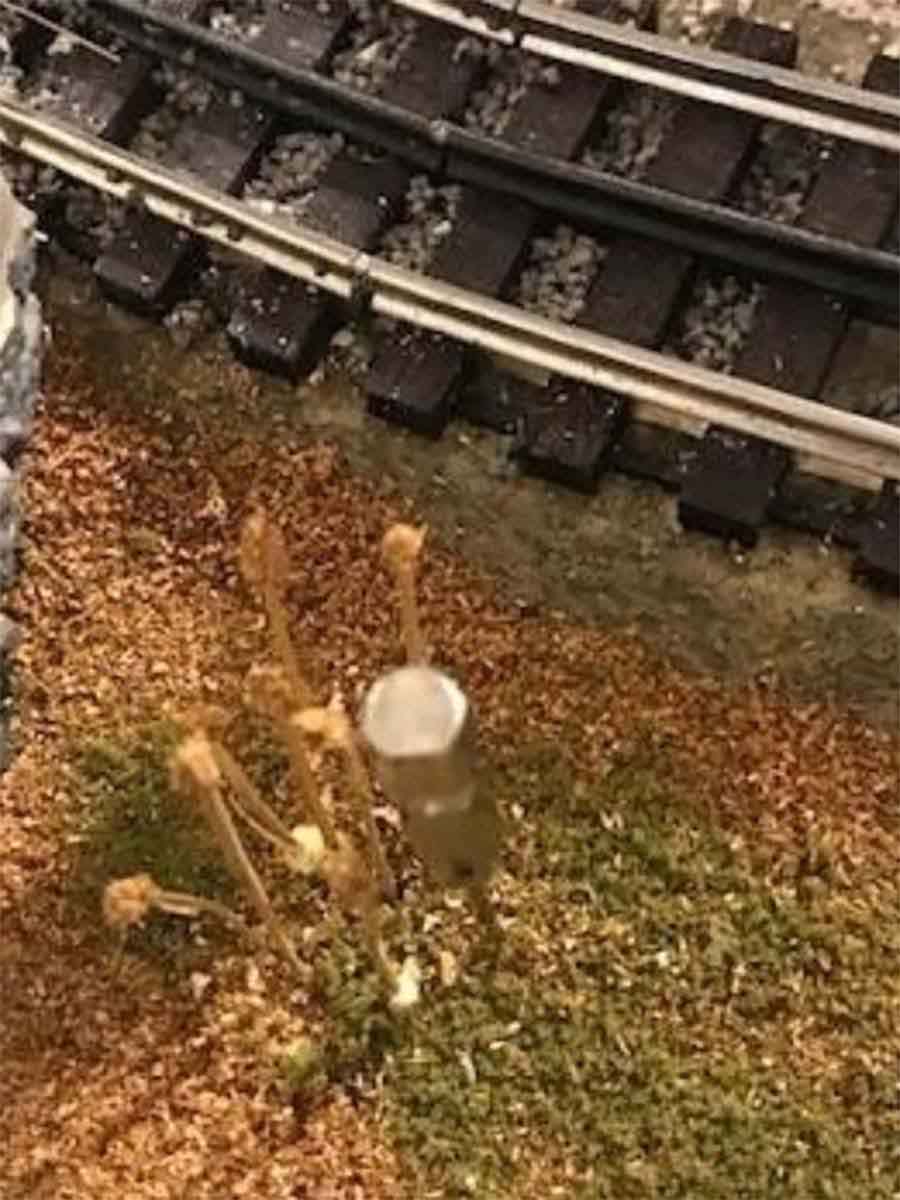
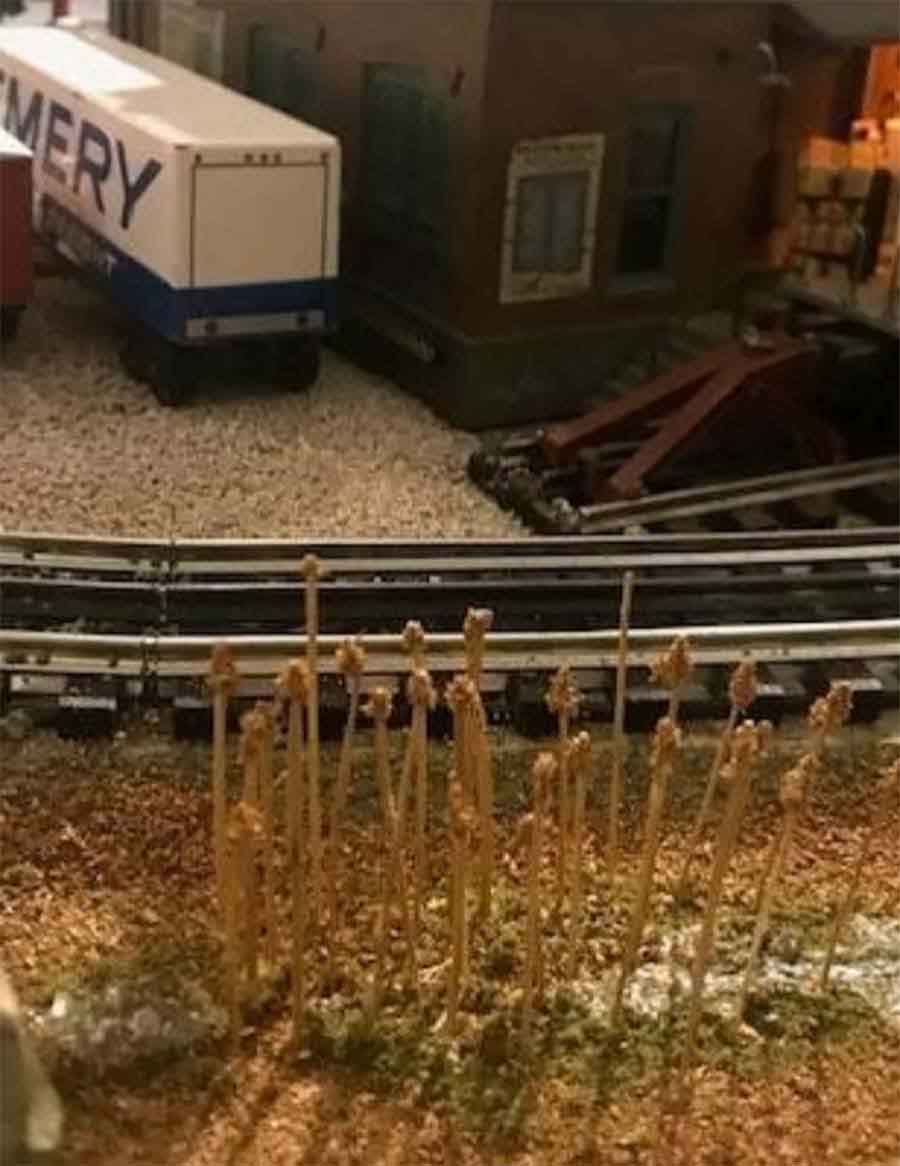
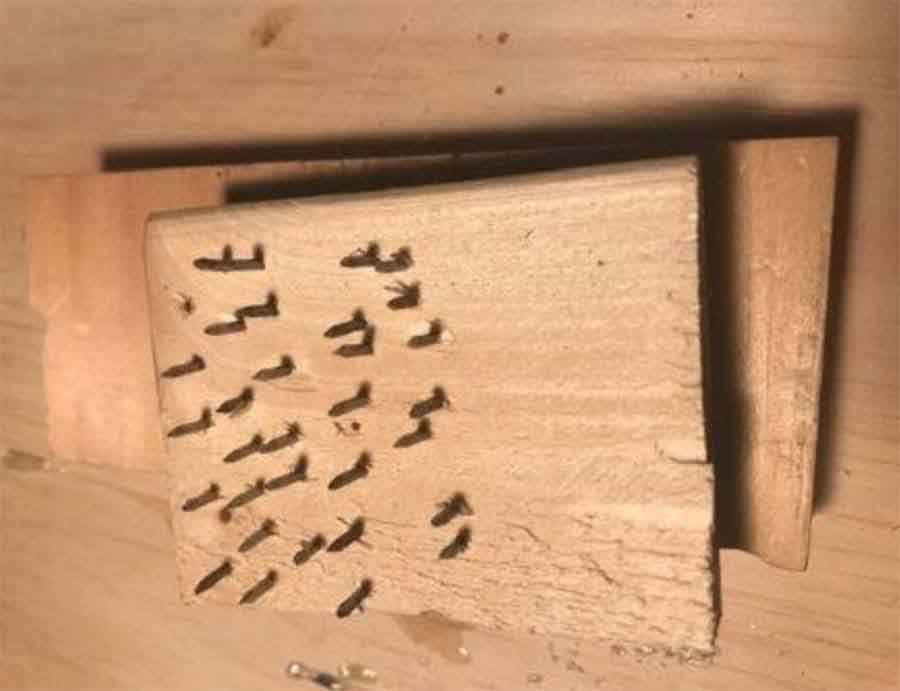
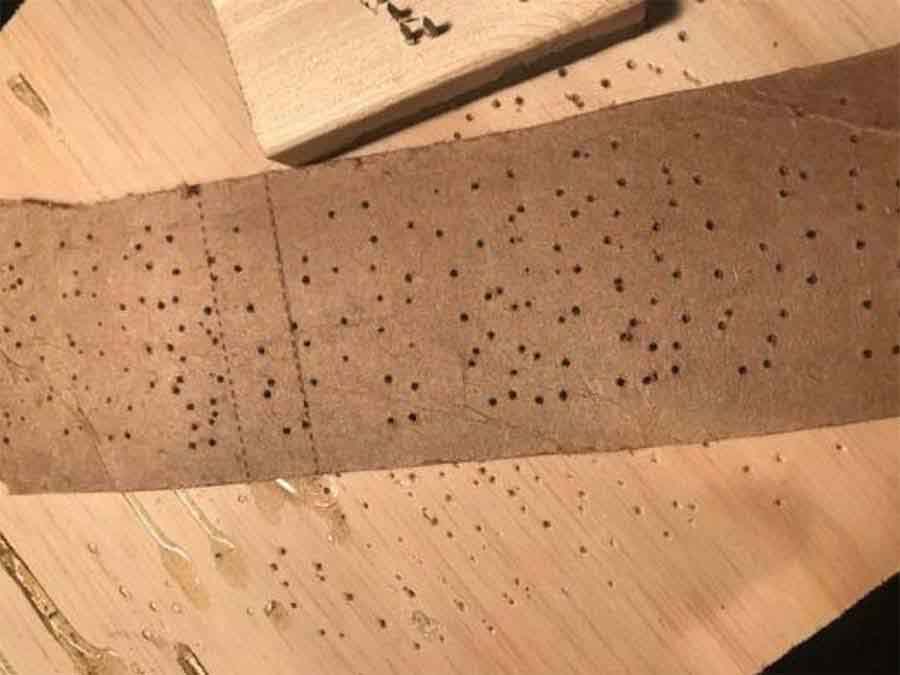
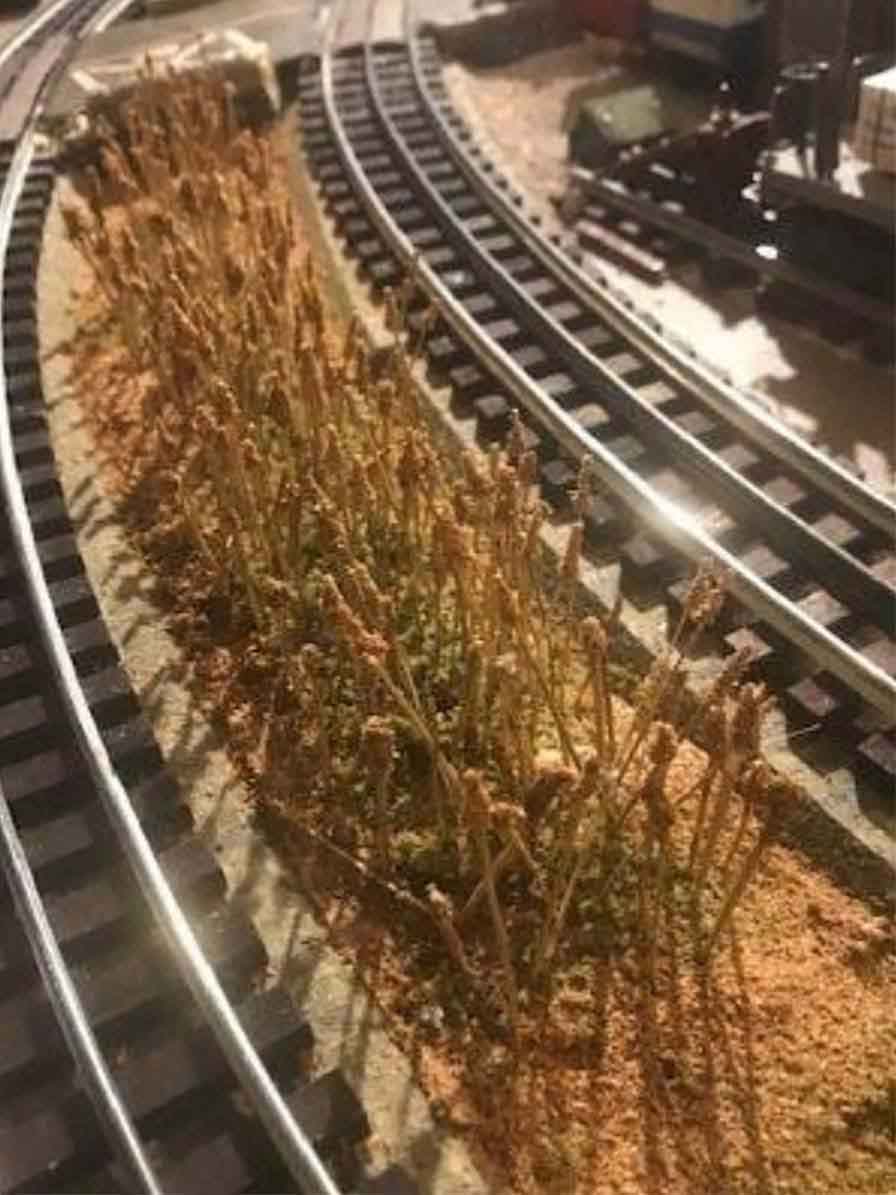


We have a lot of pampas grass used as lawn edging decoration here in South Carolina. When I was 6, on Long Island, NY, we moved to a “garden apartment” in Laurelton when the area was first being built up and there was a lot of unimproved land. That would have been the fall of 1949. There was wild pampas grass growing along the edge of one field that I remember. Never realized what it was until seeing Bob’s photo of it and tied the two together. Thanks, Bob!
Oh Honey ,Did you see my broom ? I’ve looked every where..
The name we call he tall grass around Florida are called Cat-Tails or HARD STEM BULRUSH.
The Critic
The second pic from the top is Growing Pampas Grass:
Bob
Thanks for the great grass tips. I really appreciate comments that tell us a better way because they really hit home.
D Dave
You are the best! Thanks
All be safe and well
George from LI, NY
Well if u see all the ideas Bob cold come up with I wud think wild need real estate 🏡 the length the size of the Island 🌴 of Staten to make all the accommodations. Nice Job. Bob. Keep dem cummin.! Thank fer ur ideas
You see the Pampus Grass in all the Wetlands,, i.e. SWAMPS as we used to call it growing up. {before the Tree Huggers Changed all the Common Names!!!). Referred to it as Cattails and Bullrushs… The Thick brown Tops,,were used by the Native Indians as a food Source. People also used them for decorations during the Fall.
Of Course During “Political Season” we also refer to them as POMPAS Grass.
Tell Bob that what he is trying to duplicate is not Pampas grass but Phragmites an invasive species that is displacing natives like cattails. Tell him to watch out or it will take over his layout.
what ground cover do you use for the top of the broom sticks?
Bob:
Are you using MTH Scaletrax for your layout> If you are I am having some serious issues with the switches and conductivity. The engines including an old Lionel, a new Lionel and a new MTH Big Boy all drop out over the section. I can speed over it but obviously that doesn’t work making the layout work. I am also getting some arching on the plastic parts with some type of metal coating on them.
Very strange. Worse I am stuck until i can get this to work.
Thanks,
Jim
For other types of grasses, might I suggest you go to the barbershop and use the cut hair! You can color it and so on. Might even try using static electricity to hold it up while you glue it in place. Just a thought.
Hi Dave, why not PUSH the track cleaning vehicle round, that way the loco doing the moving can get the benefit of the cleaning as well.
Lindsay in NZ
Do you guy’s a link or someone that does ON30? Great idea with the tall grass. Thank you.
Very creative. I will plan on stealing this trick on my next layout.
comment on the plants you are trying to duplicate: the actual pictures ARE pampas grass. cattail and bull rushes are different plants. We ,as kids, would soak the cattails in gasoline and make torches.
Bob, you should look into using STATIC GRASS. Comes in several different heights and colors. Much less work and nice realistic results.
Right now our MN pampas grass is green wide leaves, but in the fall, the silver feathers will erupt. I will have to check and see if they will dry to a stiffness that could be useful. I usually hang greens upside down until they dry. I have had good luck with drying sedum heads, and have used them in the layout as well for my wife’s fairy garden. Pre-drilled Masonite has holes that are 1/4″, but may be too big for grass bunches.
Thanks for the good tips, Bob. Keep ’em coming.
MN Dan